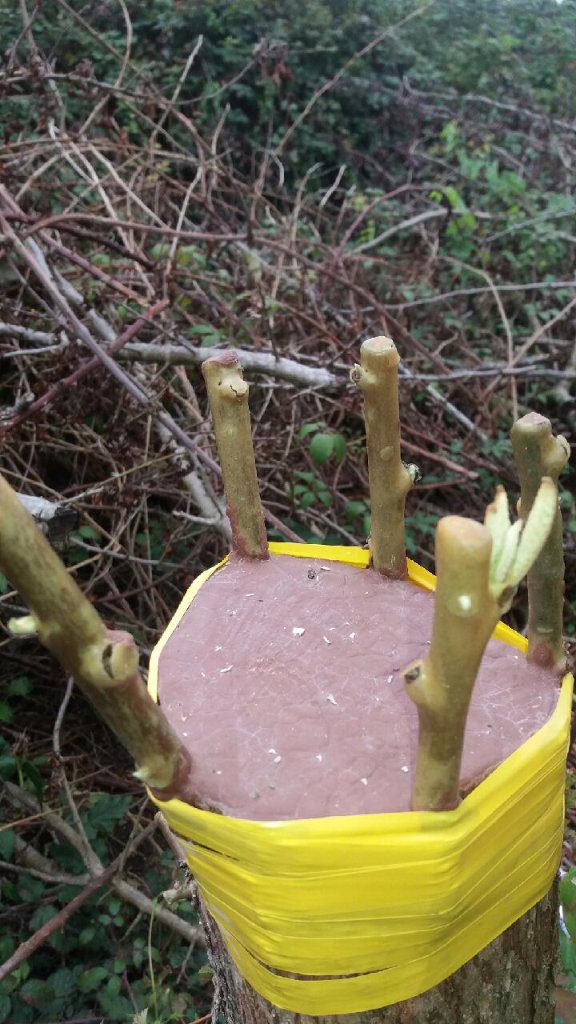I have several loquat trees. I love the tree and the exquisite taste of the fruit and already had lots of good local varieties.
A few years ago I bought 8 Tanaka and 8 Algerie loquats grafted in quince. Unfortunately the Spanish nursery i bought them from messed up and send me a few Magdal loquats, mixed in, instead of what i requested.
To be fair i gave these a few production years but this variety isn’t as good as the others.
So, when i could get my hands on a few scions of other recognized good varieties, like Buenet and Redonet, i decided to graft a few of my Magdal loquats with them. Here are the steps needed to change varieties in established loquat trees.
Now, if only i could get my hands on some Rolhão II (wonderful old Portuguese variety) and Italiano I (the best Italian loquat variety) scions, i would be a happy man.
A link to a very good description of some of these Loquat varieties (unfortunately its in Spanish - if someone wants something specific translated, let me know)
Loquat Varieties Description - in Spanish
Its a shame that a great percentage of of the Loquat we are seeing in stores is the variety Golden Nugget (of Californian origin). Spain is a big producer of Loquat and in the last few years is changing a great percentage of their orchards from Algerie and Tanaka to Golden Nugget. That variety was selected as its much less prone to develop the brown skin spots (sun burn spots) that this fruit usually shows and that costumers apparently don’t favor, preferring to buy the clear skin fruits.
These spots don’t affect in the slightest way the taste of the fruit (i find that they even enrich it), although they might reduce the shelf life of the product (these areas are the first ones to decay). On the other hand, that clear skin variety is almost completely tasteless compared to any of the other varieties usually cultivated.
Sometimes, i have a few visitors and give them some loquats to taste. They initially say that they don’t care much for this fruit (they are used to the bland, tasteless variety they find in the supermarkets). After they taste a few of the varieties i grow, they rediscover this fruit and are surprised at the complex taste - that mix of acidity and sweetness of the traditional varieties, is hard to beat.
This only shows that we (the human species) are very funny as a society. We prefer looks over taste and the farmer industry gives us what we want. And after enough time has passed young people don’t even know how those fruits used to taste, so everything is fine.













